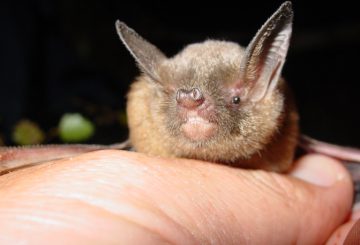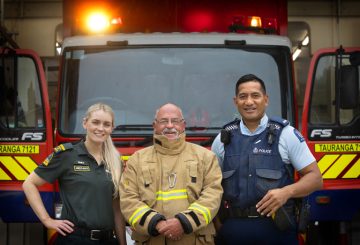로토루아 레이크스 커뮤니티 보드의 기금과 유리 포장 포럼의 보조금 덕분에 로토마와 로토이티에서 휴가를 보내는 사람들과 주민들은 유리병과 병을 쉽게 재활용할 수 있게 될 것이다.
로토루아 호수 위원회 (Rotorua Lakes Council) 는 지금까지 동부 로토이티에 공공 장소 유리 재활용 ‘빈테이너’를 두 개 설치했으며, 다음 달에는 로토이티와 로토마에 세 개의 쓰레기통을 추가로 설치할 예정이다.
이는 로토루아 레이크 커뮤니티 보드의 자금 지원과 GPF의 6390달러 보조금 덕분에 가능했습니다.
로토루아 레이크스 커뮤니티 보드 위원장 필 토머스 (Phill Thomass) 는 빈테이너를 사용하면 거주자와 휴가객이 유리병과 병을 30~40km 떨어진 로토루아의 재활용 센터로 가져갈 필요 없이 더 쉽게 재활용할 수 있다고 말합니다.
“많은 숙소가 도로변에서 쓰레기와 재활용 서비스를 제공하지만, 약 250개 숙소 (대부분 개인이 관리하는 휴가용 숙박 시설) 는 단기 체류 기간 동안 쓰레기통이나 상자를 관리해야 하는 어려움과 이 지역을 방문하는 방문객들은 유리를 어디에서 재활용해야 할지 모르기 때문에 유리 재활용 서비스를 제공하지 않습니다.” 라고 그는 말합니다.
“그 결과 재활용 가능한 유리가 일반 쓰레기와 함께 버려지는 일이 많아졌습니다.
Phill은 빈테이너가 거주자와 휴가객에게 영구적이고 더 효과적인 옵션을 제공할 것이라고 말합니다.
GPF Scheme Manager Dominic Salmon은 매립지에서 유리를 보존하여 새 용기에 재활용할 수 있도록 하는 것이 포럼의 주요 목적이며 빈테이너가 바로 이를 달성했다고 말합니다.
“이 빈테이너는 다른 많은 분야에서도 매우 성공적인 것으로 입증되었습니다.사람들이 유리를 쉽게 재활용할 수 있을 뿐만 아니라 유리를 투명, 녹색, 갈색으로 분류할 수 있어 재활용성이 매우 높습니다.” 라고 그는 말합니다.
크레딧: sunlive.co.nz





























































